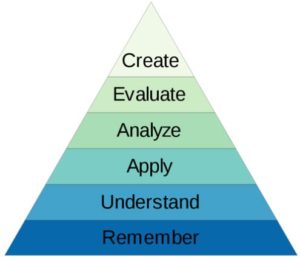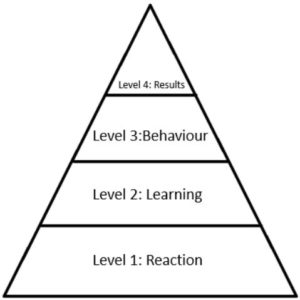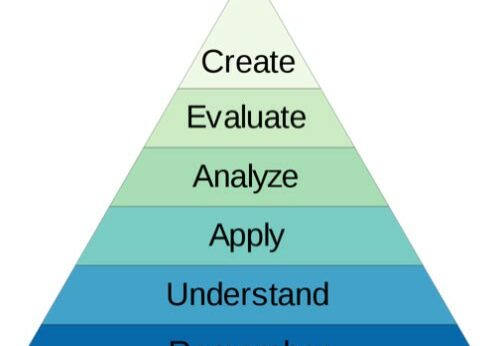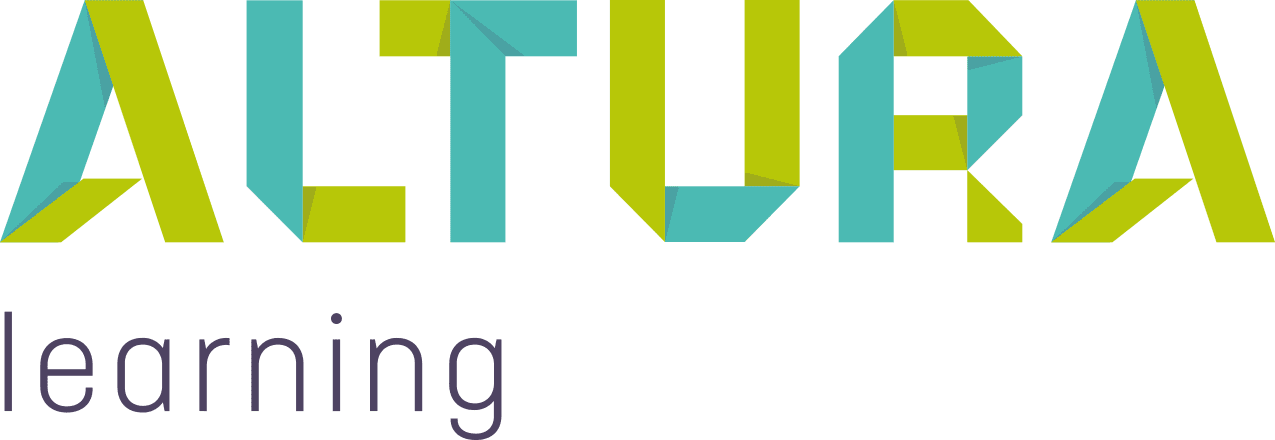Home | Altura Blog |
Essential Assessment – The theory behind it
September 23, 2019 | Altura Blog
Topic:
Clinical Assessments
There are a range of learning theories that come and go from popularity and the more we research the topic we realise that there are many different ways to explain how adults learn and how to best support them.
The purpose of looking to theory is the ‘why’ behind ‘what’ we do and it allows us to contextualise the learner experience to the workplace and provides us with opportunities to understand how to best support our staff.
When we’re discussing the ‘why’ or the purpose of an essential assessment there are several theories that can help to explain its role in the workplace.
When we’re designing or presenting education we always start with scaffolding our training with learning outcomes. We do this as it helps learners understand the individual pieces of learning and how they fit together.
We can use Bloom’s Taxonomy (also known as taxonomies of cognition) to assist us with this. The classification system was originally postulated in 1956 but was revised in 2001 by Anderson and Krathwohl and provides an ordering of cognitive skills. It can be used as a framework in which to develop learning outcomes based on the expected end result of the learning. It also demonstrates to us the journey that the learner must take to build on fundamental learning.

As you can see in the illustration, essential assessment would be classed as ‘remember’ as learners are asked to recall facts and basic concepts. If you want your learners to be able to recall the content and concepts presented in training, then asking them to complete the essential assessment is perfect for your needs.
However if you wanted your staff to be able to apply and analyse individualised clinical care to meet an individual’s chronic health condition, you would need to utilise one of our other assessments within the suite of learning resources provided to demonstrate this.
This approach is also supported by the Kirkpatrick Model (also known as the Kirkpatrick/Kazell Model). There are four levels to this model and the second level of this model is ‘Learning’. The essential assessment assists you with demonstrating that your staff are able to display this level of knowledge. If you wanted to demonstrate a change in behaviour or impact to the organisation, you can utilise one of our other assessments.

So what’s the importance of knowing this? As educators, it’s important to understand what we expect as an outcome of training and if the learner has achieved this outcome. If one of your staff members has completed one of our aged care courses online (videos and the essential assessment), you’ll be able to clearly demonstrate that they can recall the content of the course. This is really useful to use as evidence during an inspection/accreditation or for performance management.
In our next newsletter, we’ll explore our Extension Assessment and how it can be utilised in the workplace.


